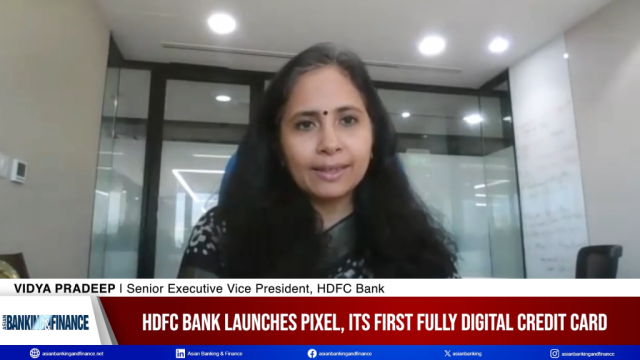
Malaysian mobile banking urged to amp up trustworthiness
32% customers feel they don't need mBanking.
In Malaysia, it has been noted that mobile banking (or mBanking) is set to grow but banks need to put a lot more effort into creating value and building trust.
According to a release from BuzzCity, besides the business and social use of mobile phones, a rise in the adoption of mBanking, which allows customers to bank or pay for goods or services, is being seen.
In July 2013, BuzzCity's study of their audience in Malaysia revealed that 21% of adults have used their phones for banking transactions and another 29% ‘might try it soon’.
The results suggested that mobile banking is moving to the mainstream but also prompted the question “Why aren’t more people banking with their mobiles?”
Another study was conducted in March 2014 to investigate the reasons behind this. While BuzzCity found the number of people who banked on mobile had grown somewhat to 27%, it also found other factors that seemed to limit the usage of mBanking.
Here's more from BuzzCity:
Only half (49%) believe their phones are capable of banking functions – the rest believe they can’t or don’t know. All mobile phones are in fact capable of some form mobile banking but clearly, users are not aware of this in relation to their bank’s offering.
Not all mobile banking offerings are created equal and each deploys the channel to suit their customers. Banks have developed their technologies at different speeds, deploying mobile in different ways and inadvertently provides a confusing array of options.
Nearly all banks (if not all) in Malaysia now provide some form of mobile banking but only 38% are aware of their banks’ mobile offering.
A third (36%) of surfers believe their banks do not offer mobile banking services and a quarter of surfers (27%) just do not know.
Clearly, at least 37% of surfers are aware of their device capabilities and their banks’ offering but a lot less (27%) are using their mobiles for banking.
These users now find mobile banking easy and useful: If this is proof of adoption then this is an increase from last year – 21% in July last year. Six percentage points is a sizeable growth but not quite the 29% who would “try in soon” last year.
Contrary to popular belief, security is not the key concern preventing users from banking with their mobiles. In July last year, security fears prevented 29% of users from mobile banking - this seems to have dropped to 24% in 2014.
The main blocker is that 32% of users feel they do not need it – more than those who find it useful!
Security, reliability etc all on-going issues, but they're secondary concerns compared to the three points above.
More people in Malaysia are adopting mobile banking, and finding it easy and useful; 27% this year, up 6 percentage points from last year. Adoption has not seen more growth primarily because a third (32%) of adults feel they do not need mobile banking.
Clearly the value proposition needs to be better presented to the consumer - the convenience of mobile banking and payments will need to go beyond self-serve transactions and include more merchants.
This also means improved propositions to merchants, perhaps instant fund transfers to allow small businesses quick access to payments from consumers. This also means improved propositions to merchants, perhaps instant fund transfers to allow small businesses quick access to payments from consumers.
Security fears remain (24%), and can be allayed with a deft approach as 14% feel they need to be offered it by their banks.
1) This is also reflected in a lingering sense that it’s too complicated (11%) or unreliable (10%) and compounded by not really knowing if their device is suitable for mobile banking.
2) Banks that take a human approach to bridge this collective gap in trust will secure the remaining users.
3) But there is a greater imperative to deliver the value proposition for mobile banking.
4) This may also help in winning more account holders, as the number of people without bank accounts is also growing – 36% this year compared to 24% last year.
So mBanking is here –and set to grow. While initiatives that promote Financial Consumer Education & Awareness is laudable, it is clear that the banks and financial institutions need to put a lot more effort into education and awareness; among consumers and small businesses.
This will need to be spread via all communication channels amongst the potentially huge demographic of prospective adopters.























 Advertise
Advertise







